ERIS for the VLT

The Enhanced Resolution Imager and Spectrograph (ERIS) is a 1-5 μm instrument to be installed at the Cassegrain focus of the VLT UT4 for first-light in 2020. ERIS will benefit from the new external page Adaptive Optics Facility (AOF), which includes a external page deformable secondary mirror (DSM) to deliver high-Strehl imaging performance at the instrument focal plane. The instrument consists of three main modules:
- The adaptive optics module, providing NGS and LGS wavefront sensing
- NIX - near-IR imaging camera (1-5 μm) to replace the NACO imaging modes, including sparse aperture masking and APP coronagraphy
- SPIFFI - integral field spectrograph operating between 1-2.5 μm
Our research group is involved through the following members: Dr. Adrian Glauser, and Prof. Sascha Quanz, Polychronis Patapis, Dr. Anna Boehle, and Prof. Hans Martin Schmid. In collaboration with the external page Max Planck Institute for Extraterrestrial Physics (MPE), and the external page UK Astronomy Technology Center, we are responsible for the design, procurement, and testing of all pupil and focal plane optics and their operating mechanisms with ERIS-NIX. This includes various filters, coronagraphs, and masks with a focus on the high-contrast imaging performance for direct imaging and characterization of exoplanets.
We developed two cryogenic mechansims for NIX, the Aperture Wheel (APW) and the Pupil and Filter Wheel (PFW), that operate at 70 K (-203˚C) with a very high mechanical accuracy of a few of microns.
The wheels were designed and manufactured within the Department of Physics in collaboration with the Engineering Office and the Mechanical Workshop. The two wheels were tested at cryogenic conditions in the Laboratory for Astronomical Instrumentation using a the multi-purpose cryogenic test chamber for operations at 70 K and lower. The cryostat provides a window that enables optical measurements of the wheels at these temperatures which was essential for the verification of the requirements.
In November 2018 we shipped all hardware to our consortium partners for integration in NIX.
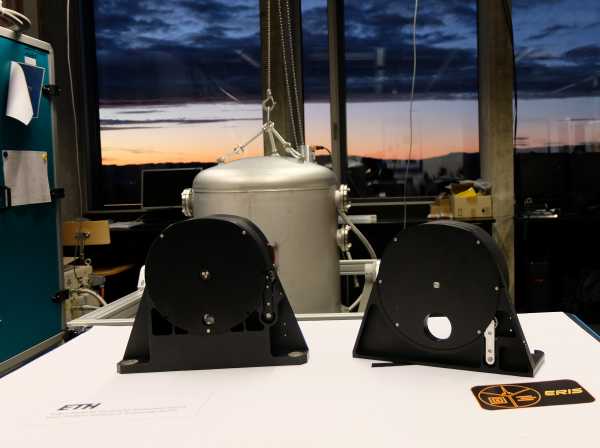
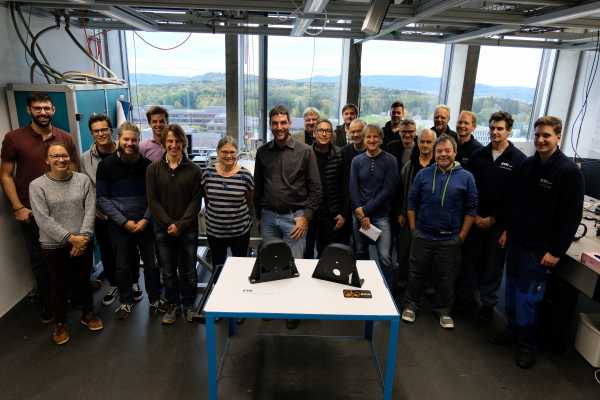
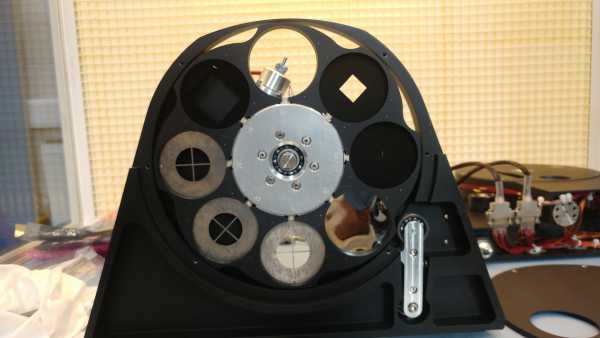
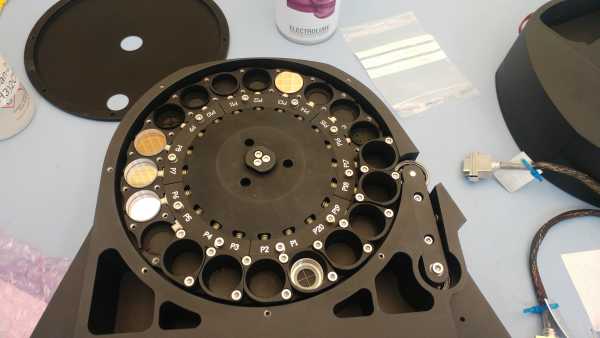
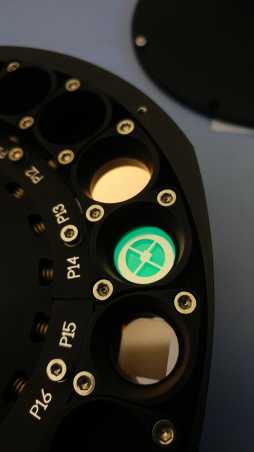
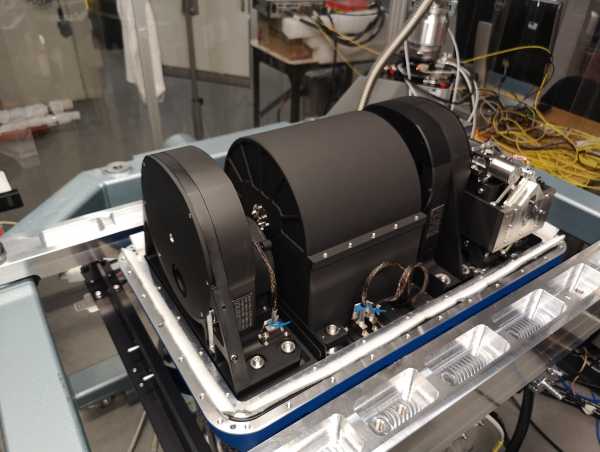
More information can be found on the external page ESO website, in the SPIE 2018 paper Davies et al. and the SPIE 2018 paper Glauser et al.